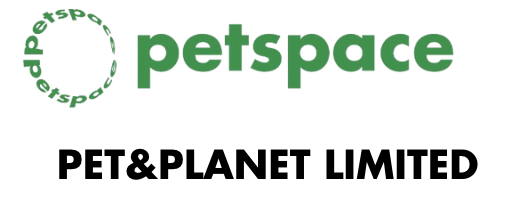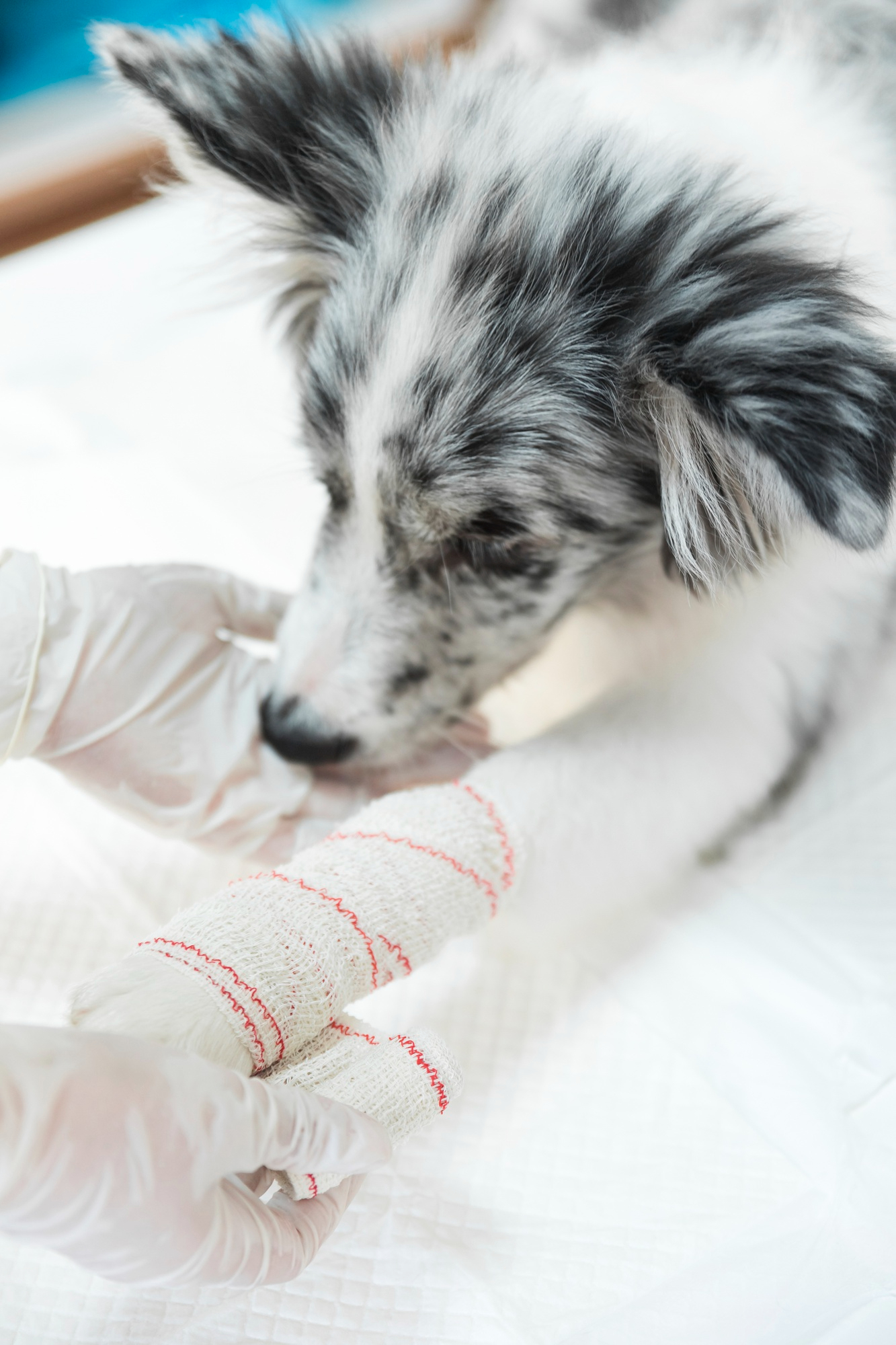Pet food packaging also plays a significant role in this pollution problem. The environmental cost of discarded packaging from pet food is substantial. Considering that these packages often contain plastic and metal, materials that take hundreds of years to degrade, the pollution effects are long-lasting and damaging (Environmental Working Group, 2019).
Moreover, pet toys, typically made from plastic or rubber materials, add to pollution through their manufacturing processes and ultimate disposal. With most of these toys non-recyclable, they contribute significantly to landfill waste (Barlow et al., 2020).
The environmental impact of the pet product industry is not limited to solid waste pollution. The production of pet food, notably meat-based diets, adds to greenhouse gas emissions. A study by UCLA researcher Gregory Okin (2017) found that if American dogs and cats’ food consumption patterns were replicated in the UK, the resulting greenhouse gas emissions would be alarmingly high.
Addressing the pet product industry’s environmental impact demands collective effort from manufacturers, regulators, and consumers. Whether through sustainable sourcing, manufacturing biodegradable products, or adopting responsible consumption practices, a combined approach can substantially alleviate the environmental impact.
References:
1. Pet Food Manufacturers Association. (2020). UK Pet Population.
2. The Guardian. (2019). Dog poo bags are a menace. But what’s the green alternative?
3. Environmental Working Group. (2019). Pet food packaging and the environment: an overlooked impact.
4. Barlow et al. (2020). Impacts of pet product industry on global plastic and rubber waste.
5. Okin, Gregory. (2017). Environmental impacts of food consumption by dogs and cats. UCLA.
Lorem ipsum dolor sit amet, consectetur adipiscing elit. Ut elit tellus, luctus nec ullamcorper mattis, pulvinar dapibus leo.


